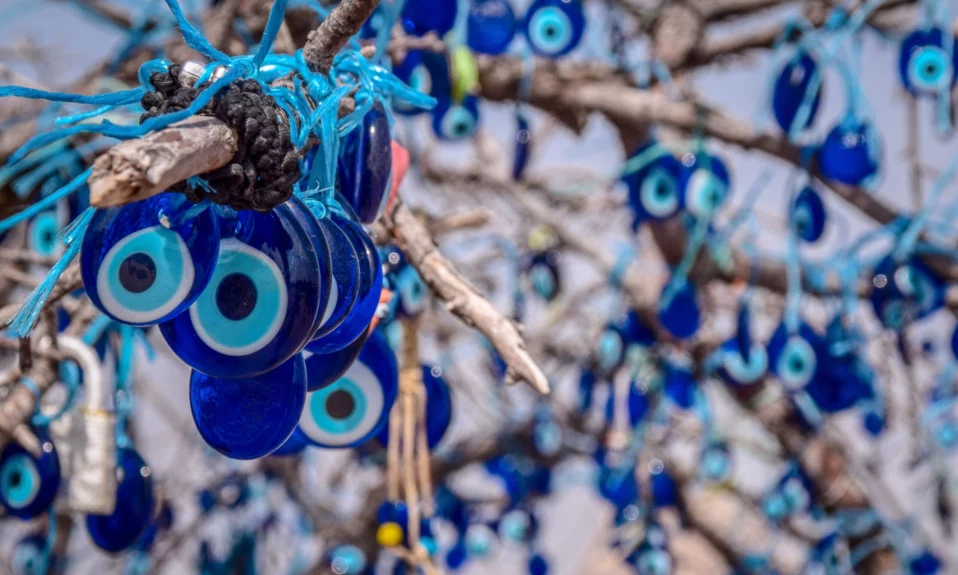
What do you know about Persian carpets? Have you ever had one in your home? Well, if you don’t know much, then, I’m here to share some useful information that may come in handy next time you see a Persian rug. Persian culture involves many aesthetic parts and carpet weaving is one the most popular of them; it forms a huge part of Persian history. now, we’re going to pay close attention to the colors in Persian carpets.
Persian carpet
Among all types of carpets and rugs, the Persian rug stands out by its unique beauty and elaborateness of its manifold patterns. Persian rugs are very popular all around the world and a huge number of people are familiar with them. Persian carpets reflect the history and culture of Iran and its various people. You may have seen Persian rugs, but there are things that you may not know about them(and maybe you do).
One of the most important components about them is “Color”. Different shades of colors are used in Persian rugs which is the topic of this article.
Then let’s started.
Some cities such as Tabriz, Kerman, Neyshabour, Mashhad, Kashan, Isfahan, Nain have their specific way of weaving techniques, design patterns, use of high-quality materials and colors.
How Did Persian Weavers Dye The Yarns?
The dyeing process prepares the yarns to make them susceptible for the dyes; by immersion in a mordant. After the dye pigments are added to the yarns, the dyeing solution starts for a certain time. Then the dyed yarns are exposed to air and sunlight to dry. There are some colors, especially dark brown, that require iron mordants, which can damage or fade the fabric. So, the dyeing process requires a lot of caution and attention.
Before the introduction of synthetic colors, natural sources were the main options for dyeing yarns.
Natural Dyes Sources Used For Carpet Wool Include:
- Red: from Madder (Rubia tinctorum) roots
- Yellow: from plants, like onion, several chamomile species, and Euphorbia
- Orange: by double dyeing with madder red and yellow dye
- Blue: Indigo gained from Indigofera tinctoria
- Green: by double dyeing Indigo and yellow dye
- Black: from oak apple, oak acorns, and Tanner’s Sumach
Meaning And Significance Of 6 Colors In Persian Rugs
Each Persian carpet has a story to tell, depending on the colors and patterns. Every craftsman has a narrative in mind, so they select designs, motifs, and colors based on the narrative. To get the general story of a rug you should know what each color and design means.
Meaning of beige and white in Persian carpet
White and beige make magnificent bases and accents in Persian rugs. White universally associates with positive concepts; thus: cleanliness, innocence, purity, and virtue. Persians shared the same idea, and they used white and beige to create astonishing designs. The exact shade of beige or white would vary depending on the type of undyed wool used in a particular rug.

Red, a lot of it in Persian carpet
Red often associates with strong feelings such as passion, love, or violence. Based on the hue, red can be a soft and warm shade or a sharp and energizing color. People use the red color to show their excitement or to grab instant attention. Red is the color of fire and blood, two powerful symbols of nature. It can also relate to Persian carpets with red color in them; concepts of strength and passion. In Persian rugs, red is often used to create exquisite designs and a wide array of visual effects. Early rug weavers used red to create emphasis in their patterns; so, red can spotlight the integral parts of a motif.
Persians took the red color from a plant that was rich in red dyes for carpet: Madder root. Not only plants but also flowers and insects were natural sources to produce carpet dyes. Weavers used snails and beetles, flowers, and weeds to dye wool from sheep and goats. The process resulted in a striking Persian red that filled people with joy and courage.

Blue, common color in Persian carpet
The color blue brings a sense of calmness and tranquility and almost everyone agrees on this. In many cultures all around the world, blue represents loyalty and trust. Blue, after red and beige, is one of the highly-used colors in Persian rugs. Weavers had some troubles providing blue carpet dye due to the lack of natural sources this color could be taken from. So, ancient Persian craftsmen had to look for alternative resources. Blue dye was extracted from a wood plant, but the color didn’t last enough and faded soon. Fortunately, the invention of synthetic colors rectified this problem.

Meaning of Gold and Yellow
Most people consider yellow and gold distinct. Even though gold and yellow share the same etymology, yellow represents energy and happiness, while gold often associates with wealth, opulence, and refinement. Persians usually associated the yellow color with radiance, such as the light from the sun or the joy of living.

Natural sources for yellow:
- pomegranates
- vines
- saffron
- ox-eye chamomile (Cota tinctoria)
If you don’t know about this flower, then check out this article about Cota tinctoria in Wikipedia!
Gold was a mixture of brown color and symbolized wealth, power, and prestige in old rug designs. Its esteemed reputation was a reason why gold was exclusive to Persian rugs designed for royal and prominent families. ancient weavers used the gold color to add a sense of luxury to the motif.
Brown, another common sight in Persian carpet
Brown is the color of soil and represents the mother planet, Earth. Persian rug weavers used brown in their designs to show fertility, fecundity, and productivity. Trees were one of the most significant sources of brown dye, which was available in abundance around the orient. The brown dye can be extracted from their fruit, leaves, nuts, seeds, bark, and roots.

Meaning of Green in Persian carpet
All around the world, green is a color rooted in prosperity, health, balance, and growth. This color catches your eyes widely in nature, green as the vibrant forests, and tree leaves. The green color also represents rebirth and new opportunities. This color isn’t common in Persian carpets, but when it does appear, it’s one of the most integral features of a design. You probably find the color green used more literally in Persian carpets where the color represents hope and life’s unconquerable force.

For more articles about colors, you can check out Inside Colors Blog!
ENJOY!













